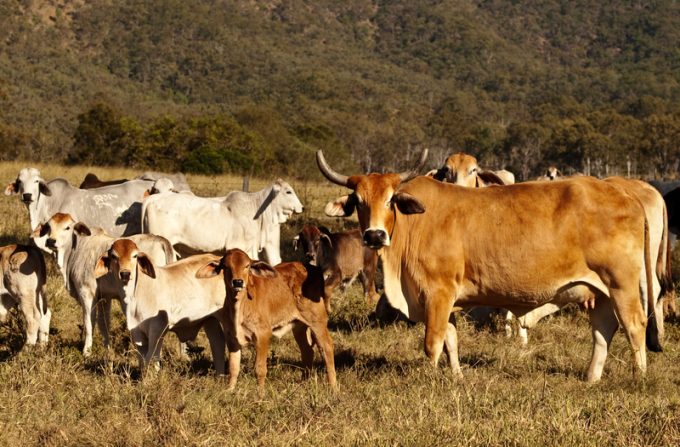Driver shortage down under – hit by a bus...
…if it’s running at all
TFII: SOLID AS USUALMAERSK: WEAKENINGF: FALLING OFF A CLIFFAAPL: 'BOTTLENECK IN MAINLAND CHINA'AAPL: CHINA TRENDSDHL: GROWTH CAPEXR: ANOTHER SOLID DELIVERYMFT: HERE COMES THE FALLDSV: LOOK AT SCHENKER PERFORMANCEUPS: A WAVE OF DOWNGRADES DSV: BARGAIN BINKNX: EARNINGS OUTODFL: RISING AND FALLING AND THEN RISING
TFII: SOLID AS USUALMAERSK: WEAKENINGF: FALLING OFF A CLIFFAAPL: 'BOTTLENECK IN MAINLAND CHINA'AAPL: CHINA TRENDSDHL: GROWTH CAPEXR: ANOTHER SOLID DELIVERYMFT: HERE COMES THE FALLDSV: LOOK AT SCHENKER PERFORMANCEUPS: A WAVE OF DOWNGRADES DSV: BARGAIN BINKNX: EARNINGS OUTODFL: RISING AND FALLING AND THEN RISING

While the slowing Chinese economy is having an increasingly adverse effect on global transport providers, one cargo type is expected to see huge growth – food.
Despite its contracting exports, China’s growing levels of wealth are expected to generate huge demand for imported foodstuffs, Jonathan Beard, vice president of ICF International and global lead of the company’s maritime and logistics consultancy practice, told the TOC Container Supply Chain conference in Singapore this week.
“One of the emerging problems China faces is access to resources, especially water, while there is also growing demand from its middle class for imported food.” he said.
“There is a huge upside to supplying China with foodstuff, and it is no surprise to see Chinese interest in investing in agricultural assets in Australia.”
Dr Beard quoted a recent forecast from the Australian Bureau of Agriculture and Resource Economics and Science, which predicts huge increases in demand for a basket of food types.
China imported just over $2bn of fruit in 2009 – predicted to grow 200% to about $7.5bn per year by 2050. Cereal demand is predicted to grow by 50% to over $2bn per year; dairy by 165% to $2bn; sugar by 100% to $1bn; while the trade in mutton and goat meat is predicted to grow by an astonishing 1,844% to reach $2bn a year.
But the stand-out commodity is expected to be beef, which is forecast to grow by 985% to top $8bn a year by 2050.
This will go some way toward balancing China’s stagnant trade, he said. After years of double-digit container growth, the country’s top eight container ports grew by just 3% last year, while the first quarter of 2016 was flat, year-on-year.
The traditionally strong sectors of the economy now appeared to be on their knees, said Dr Beard.
The country’s response to the global financial crisis was to invest heavily in infrastructure to maintain employment levels, but the “infrastructure pump prime is increasingly played out and returns on capital are diminishing”, while its steel and cement industries are just 50% utilised – and that is beginning to have global ramifications, as steel workers in the UK found out this month.
And hopes that exports would be replaced by a strong growth in imports, as the economy rebalanced towards consumers, have yet to be realised.
“Trying to create consumer demand takes a lot of time,” he said, adding that other container supply chains into China that had hitherto been driving intra-Asia trades could also begin to falter.
“China is producing more semi-manufactured products and imported components fell from 60% of all imports in the 1990s to 35% in the 2010s, depressing trade,” he said.
Comment on this article